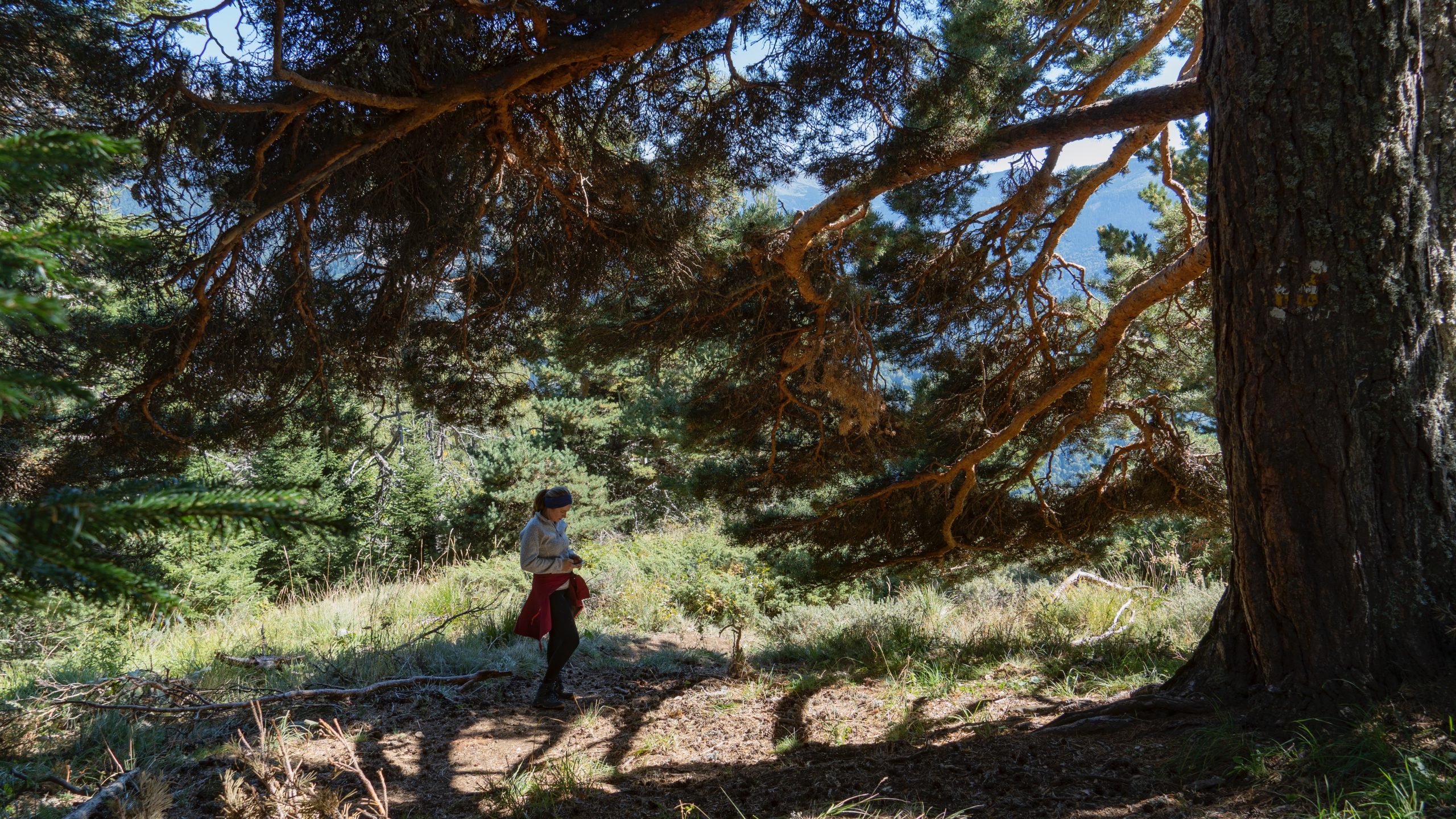Subtitle: Exploring the Intersection of Creativity and Storytelling Through the Art of Stitching
Byline: [Your Name], Contributing Writer
Publication: [Publication Name]
Date: [Date]
Introduction:
In a world inundated with digital screens and instant gratification, there exists a timeless craft that offers a refreshing departure from the digital realm. It is a form of art that weaves together threads of imagination, passion, and storytelling into a tangible tapestry of creativity – the art of stitching. From delicate embroidery to intricate quilting, this centuries-old practice continues to captivate artists and enthusiasts alike, combining artistry with narrative in a harmonious fusion that transcends boundaries. In this article, we embark on a journey to explore the enchanting realm of stitched stories and delve into the ways in which artists are breathing new life into this traditional craft.
- The Power of Narrative Stitching:
At its core, stitching is an expressive medium that allows artists to tell stories with fabric, thread, and needle. Just like a writer carefully selects words to craft a compelling narrative, a stitcher meticulously chooses colors, textures, and patterns to communicate their message. Each stitch becomes a sentence, and every thread an emotion, resulting in a visually captivating tapestry that invites viewers to engage with the story embedded within.
- Exploring Different Stitching Techniques:
The art of stitching encompasses a multitude of techniques, each with its own unique charm and possibilities. From cross-stitch to appliqué, artists employ various methods to create stunning visual narratives. The delicate precision of cross-stitching allows for intricate details, while patchwork quilting enables the artist to build complex narratives through the arrangement of different fabric pieces. By exploring these techniques, artists can experiment with the interplay of colors, textures, and motifs, enriching their stories with layers of depth and symbolism.
- Stitching Stories Across Cultures:
Stitching, in its many forms, has been an integral part of cultures worldwide. From the vivid tapestries of Peru to the vibrant kantha quilts of Bengal, different societies have developed their own distinct stitching traditions, often rooted in history, folklore, and social customs. By delving into these cultural narratives, artists gain a deeper understanding of their craft and open doors to cross-cultural exchanges, fostering unity and appreciation for diversity through the universal language of art.
- Contemporary Innovations in Narrative Stitching:
While rooted in tradition, narrative stitching has also embraced modern techniques and themes. Contemporary artists are pushing the boundaries of this ancient craft, incorporating digital technology, unconventional materials, and experimental approaches. Through mixed-media compositions, textile installations, and interactive stitching projects, they redefine the possibilities of stitched narratives, bridging the gap between the past and the present, and paving the way for future innovations.
Conclusion:
In a world that often prioritizes speed and instant gratification, the art of stitching stands as a testament to the enduring power of storytelling and the beauty of slow, deliberate creation. Through the harmonious fusion of art and narrative, stitchers continue to breathe life into cloth and thread, crafting visual tales that capture our imagination and touch our hearts. As we celebrate the artistry and creativity behind stitched stories, let us be reminded of the immense value of preserving traditional crafts and finding inspiration in the age-old practice of stitching narratives.
Note: Remember to include appropriate quotes from artists, experts, or enthusiasts in the field to add depth and credibility to your article.




